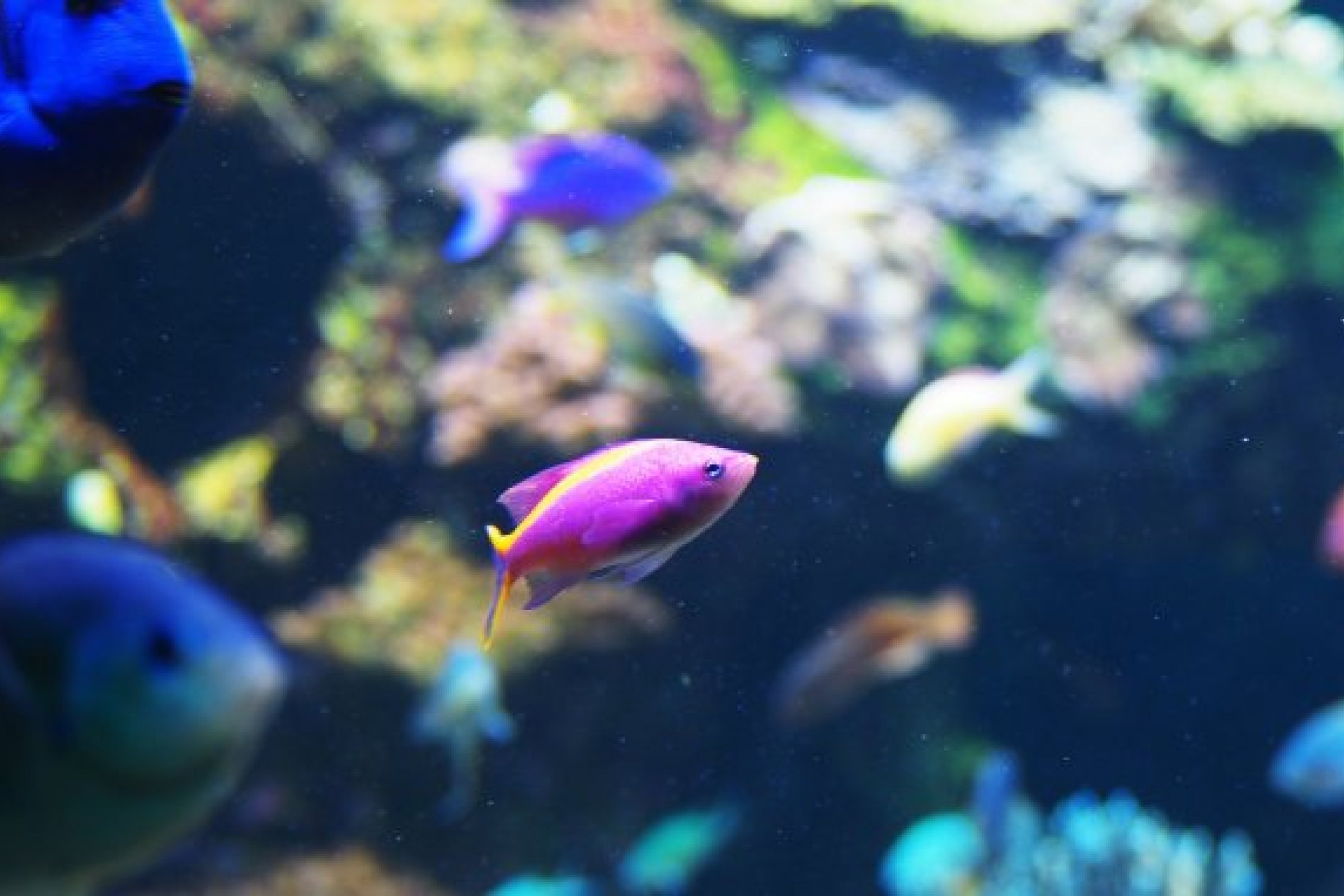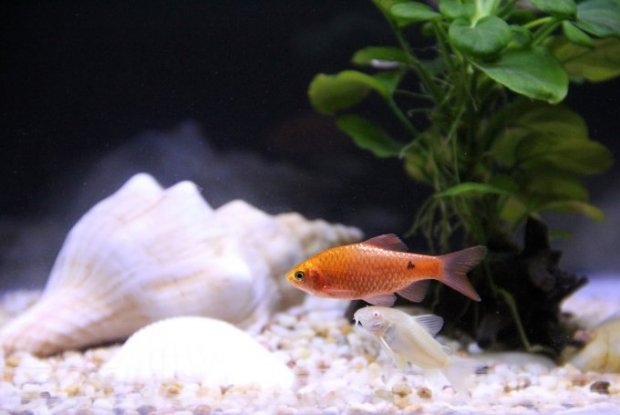HOME TREATMENTS FOR AQUARIUM FISH

Friday, 19 April 2024

Have you ever wondered how much more convenient and comfortable it would be to not have to search pet stores for remedies when your fish get sick? It turns out that there are home remedies for fish that are not only safe, but can handle most common fish diseases. Here are a few of them.
KITCHEN SALT (NaCl). Enriches the water with trace elements and iodine, which are sometimes deficient in freshwater aquariums. It also has a positive influence on water clarity and kills dangerous bacteria and parasites. It is suitable for taking care of fish bodies during recovery from thrush. It supports the treatment of some diseases, including ichthyophytosis (fish pox), saproleginosis and other fungal diseases. Salt is probably the safest type of home remedy. It is prepared from the following baths:
IODINE (KJO). One of the strongest drugs, poses a health risk when used in too large amounts. However, with proper dosage it will improve health of fish. Iodine can cure completely: saprolegniosis, childonellosis, ichthyophytosis, tetraonchosis and other diseases. It has strong acidic properties, so you must not forget about it when using larger doses. It has many uses.

PEROXIDIZED WATER (H2O2). It is a very safe agent, disinfects the water, and also supplements the oxygen level, if only during transporting fish.
KALI (KMnO4). Safe when used in appropriate, very small amounts. Short-term baths are not recommended. However, in a general aquarium, one crystal of potassium permanganate should be added to every 5-10 l of water. This agent is very frequently used in aquariums for treatment purposes. It works well with internal and gill parasites, as well as bacterial and fungal diseases.
ZINC PASTE (ZnO 25%). Very safe, but insoluble in water. That is why it is used to protect the sick areas of large fish. Place the fish on wet gauze, dry the diseased area (the paste will not adhere to wet scales) and gently rub it with the zinc paste.
ANTIBIOTIC OINTMENTS, SUCH AS METRONIDAZOLE. Preparations for treating skin infections in humans, are also applicable in fish. They perfectly cure thrush and other diseases. The ointment is applied on the affected area of the fish's skin.
IMPORTANT WATER TEMPERATURE. When fish get sick, it is good to increase the water temperature. For coldwater fish to about 26*C, and for tropical fish even to 30*C. High temperature inhibits or even kills parasites. But it has no influence on fish.
I hope that the above advice will help you to decide which agents are best to use.